Understanding Occipital Nerve Block: Relief for Chronic Headaches
Occipital nerve block is a medical procedure gaining popularity for its effectiveness in managing chronic headaches and migraines. If you’ve been searching for alternative treatments for persistent head pain, this could be the solution you need. In this blog, we’ll explore what an occipital nerve block is, how it works, and who might benefit from this treatment.
What Is an Occipital Nerve Block?
An occipital nerve block is a minimally invasive procedure where a local anesthetic, often combined with a corticosteroid, is injected near the occipital nerves located at the back of the head. These nerves run from the upper part of the neck to the scalp and play a significant role in transmitting pain signals. The goal of the injection is to reduce inflammation, block pain signals, and provide relief from chronic headaches.
Conditions Treated with Occipital Nerve Block
This procedure is commonly used to manage:
Migraines: For individuals experiencing debilitating migraines, occipital nerve blocks can help reduce both the frequency and severity of episodes.
Cluster Headaches: Known for their intense and recurring nature, cluster headaches may respond well to this treatment.
Occipital Neuralgia: This condition involves inflammation or irritation of the occipital nerves, leading to sharp, shooting pains in the back of the head.
Tension Headaches: When tension headaches persist despite other treatments, occipital nerve blocks may offer relief.
How Does the Procedure Work?
The procedure is quick, often taking less than 30 minutes. Here’s what to expect:
Preparation: You will be seated or lying down, and the area around the injection site will be cleaned.
Localization: Using palpation or imaging guidance, the healthcare provider identifies the precise location of the occipital nerves.
Injection: A fine needle is used to inject the anesthetic and corticosteroid mixture near the occipital nerves.
Recovery: Most patients can resume normal activities shortly after the procedure, with some experiencing immediate relief.
Who Is a Good Candidate?
Candidates for occipital nerve block often include those who:
Have not responded to traditional headache treatments.
Suffer from chronic headaches impacting daily life.
Experience pain specifically associated with the occipital nerve area.
It’s essential to consult with a healthcare provider to determine if this treatment is suitable for you.
Benefits of Occipital Nerve Block
Quick Relief: Many patients report immediate or rapid pain reduction.
Minimally Invasive: This outpatient procedure is low-risk compared to surgical options.
Improved Quality of Life: Reduced headache frequency and intensity can significantly enhance daily functioning.
Risks and Considerations
While occipital nerve blocks are generally safe, potential side effects include:
Temporary pain or swelling at the injection site.
Dizziness or lightheadedness.
Rare allergic reactions to the medications used.
What to Expect After the Procedure
Relief can last anywhere from a few weeks to several months, depending on the individual. For some, repeated injections may be necessary to maintain results. Your healthcare provider will work with you to develop a treatment plan tailored to your needs.
Final Thoughts
Occipital nerve blocks offer a promising solution for those battling chronic headaches and migraines. By targeting the source of pain, this procedure can provide significant relief and improve overall quality of life. If you think an occipital nerve block might be right for you, consult with a headache specialist or pain management expert to explore your options.
For more insights and information on headache relief and other medical procedures, visit our blog regularly and stay informed about the latest in pain management solutions.
